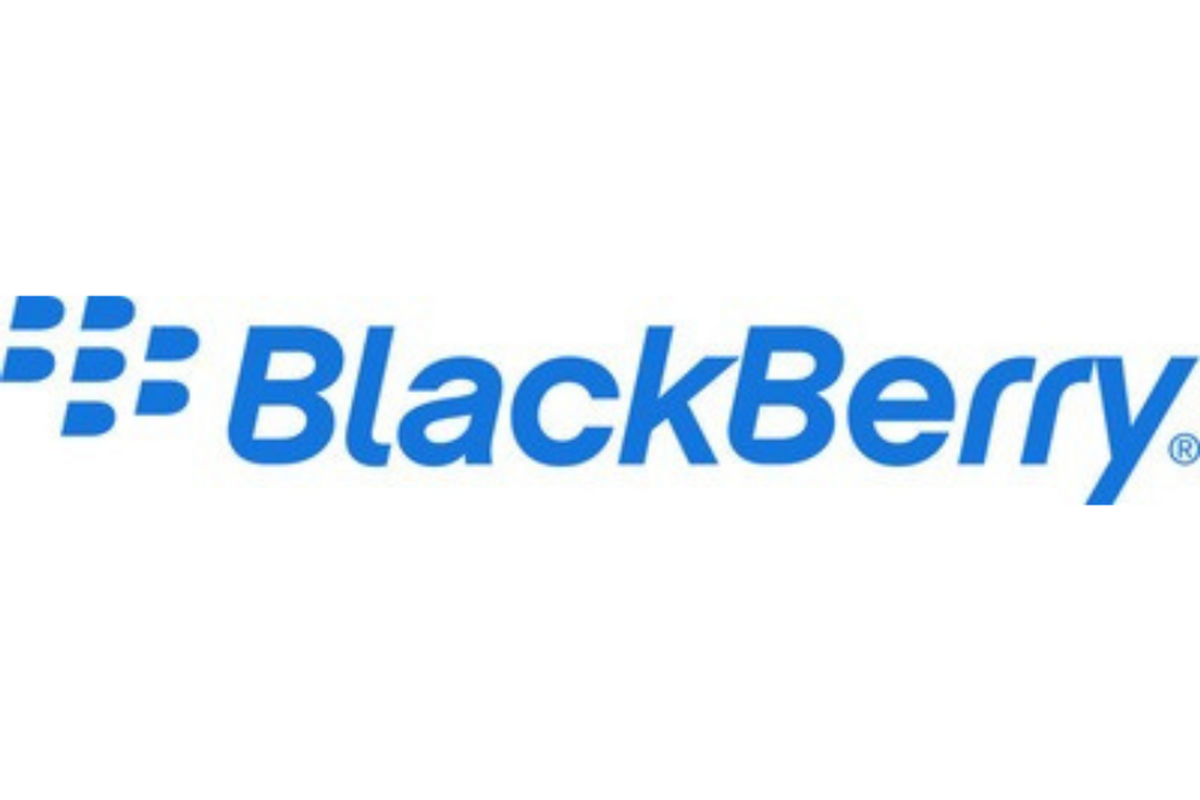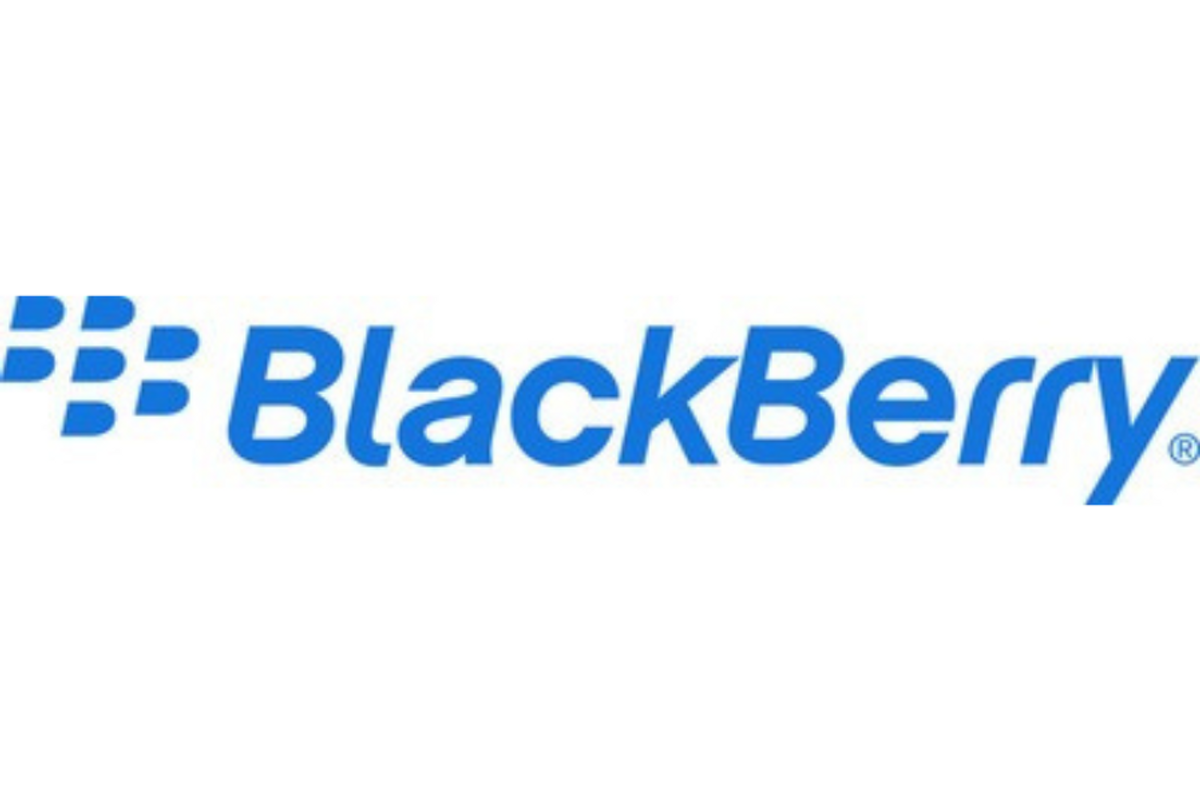Qualcomm

Last time, I wrote about why Qualcomm is the world's leader in 5G technology innovation using the metaphor of a tree. I explained how different technologies in cellular have different roles and levels of importance, similar to the different parts of a tree. Some are fundamental ideas that make cellular communications work at a basic level, holding the entire system up like the trunk of a tree. Others are like branches that help cellular technology extend into different applications and end-use cases. And others are focused improvements and optimizations that resemble a tree's leaves - small and plentiful, but individually less important than the trunk and branches. Qualcomm is the world's leader in cellular technology research and development (R&D) and invention because we focus on the trunk and branches of the tree: the most foundational ideas, concepts, and breakthrough technologies that make cellular communications work.
This time, I want to take a deeper dive into a few key examples of these foundational inventions that illustrate our sustained leadership in cellular technology: one that is new and foundational to 5G, one that was born in LTE and has evolved in 5G, and one that is expanding 5G to cutting-edge new verticals.
Example #1: Advanced Channel Coding - Efficiently Transmitting Data
In wireless communications, you can't just send raw data over the airwaves and expect it to reach the user just as you sent it. A wireless signal can fade over distance, be blocked, or get muddled due to interference or noise - meaning some data can be lost in the transmission. To overcome this, additional information is added to the data as it gets sent over the airwaves to help it recover lost bits. This is known as "channel coding": adding extra information to a transmission to ensure that the receiver can detect and correct errors, resulting in all the data being fully received by the user. The faster data is generated and transmitted, the faster that extra information needs to be added in, and the more power is consumed for coding and decoding. With 5G's ultra-high data rates, it was clear that 4G's existing coding scheme - called "turbo coding" - wasn't going to cut it.
Anticipating this fundamental need, Qualcomm started working on advanced Low-Density Parity Check (LDPC) channel coding techniques more than a decade prior to 5G. In the most general sense, LDPC codes have been around for decades since their initial invention in the 1960s. For 5G, our ground-up design marries LDPC with Hybrid ARQ ("automatic repeat query", a fundamental piece of how cellular communication works) - enabling scaling to tens of Gbps data rates while simultaneously minimizing power consumption.
We promoted, demonstrated, and drove this idea in 3GPP, the collaborative global organization that defines the official 5G standard. Multiple contending options existed for a new data channel coding scheme in 5G, but in the end, our LDPC design was chosen as the best option. Every single bit of data in 5G uses Qualcomm's advanced LDPC innovations, enabling 5G's ultra-high data rates while limiting power consumption - and therefore keeping battery sizes down.
Example #2: Unlicensed Spectrum -Expanding Cellular "Real Estate"
Spectrum is a very scarce natural resource - the "real estate" of wireless communications. Controlled by government regulators, different spectrum bands are traditionally auctioned and licensed to individual operators to use as the basis for their different networks. In one recent US auction, a narrow slice of spectrum in the 3 GHz space raised over $80B.
Some spectrum, however, is usually kept unlicensed - i.e. unassigned to any operator - to use for other applications like Wi-Fi networks. This unlicensed spectrum was traditionally considered unusable for cellular networks, but years ago Qualcomm began to explore the idea of using this unlicensed spectrum to meet the growing bandwidth demands of LTE, while still sharing the spectrum responsibly with Wi-Fi usage. Our research began more than five years before we introduced the idea in LTE in December of 2013. We led the vision, research, education, standardization, and commercial efforts, working against skeptical reactions from a number of companies in the ecosystem. But little by little, we successfully illustrated that the idea not only worked, but was a significant improvement to LTE.
Thanks to Qualcomm Technologies' R&D vision and leadership, the technology was proven successful and standardized in LTE's Release 13 under the term "License-Assisted Access" (LAA). LAA is a backbone of Gigabit LTE, unlocking new capabilities in capacity, speed, and deployments. These days, LAA is used in numerous devices, including many popular Android phones and all current iPhone models.
Since then, we have continued to improve and evolve the use of unlicensed spectrum in 5G, called "NR-U". Qualcomm's inventions in 5G NR-U help alleviate spectrum constraints, boost deployments and speeds, and enable unlicensed spectrum-based private 5G networks that can form the backbone of industrial Internet of Things (IoT) deployments.
Example #3: Satellite Communications - Expanding 5G to New Heights
Satellite communication networks have been around for decades but have traditionally used proprietary technology and specialized equipment. This resulted in limited scale and expensive offerings, keeping satellite communications out of reach for mass-market usage scenarios.
Qualcomm has a long history in satellite communications, beginning in the early 1990s. In the 5G era, the satellite community was attracted by the vibrant 5G ecosystem and started some related projects in 3GPP - initially with public safety applications, fixed wireless access, and narrow-band IoT connections as early goals. At Qualcomm, we realized the potential for smartphones to fully utilize satellite communications as a core feature in 5G - well ahead of recent interest in the area. We drove a pivot of this project into smartphones: the biggest opportunity, but also the most complex due to the small form factor precluding the use of large antennas. Qualcomm Technologies has led the R&D of satellite communications capabilities in 3GPP's recent 5G Release 17 and continues to drive satellite communications technology in 5G Advanced for both end user devices and IoT.
Bringing 5G satellite communications (also known as "non-terrestrial networks", or NTNs) to smartphones and IoT platforms will enable truly complete global coverage, expanding from SMS emergency texting capabilities like the recently-announced Snapdragon Satellite to delivering true mobile broadband over satellites. This extension of 5G has the potential to connect extreme geographies and remote areas, support networks of remote IoT devices, and serve as a back-up in the event of major terrestrial outages such as natural disasters.
Continuous Invention
Cellular technology is now a vital aspect of our lives, economies, and societies. Qualcomm's world-leading R&D, testing, innovation, standards leadership, and commercialization efforts have driven the growth of cellular technologies for over three decades, from the early days of 2G and 3G, to the expansion of mobile broadband capabilities in 4G, to the blazing speeds and connected intelligent edge of 5G, and now to 5G Advanced and beyond. Our ideas built the trunk and branches of the cellular tree that the whole system is based on, making Qualcomm the indispensable R&D leader in cellular technology. For next-gen advancements that enable worldwide connectivity, always look to Qualcomm.
View additional multimedia and more ESG storytelling from Qualcomm on 3blmedia.com.
Contact Info:
Spokesperson: Qualcomm
Website: https://www.3blmedia.com/profiles/qualcomm
Email: info@3blmedia.com
SOURCE: Qualcomm
View source version on accesswire.com:
https://www.accesswire.com/757307/5G-Foundational-Inventions-A-Deeper-Dive-Into-the-5G-Tree



